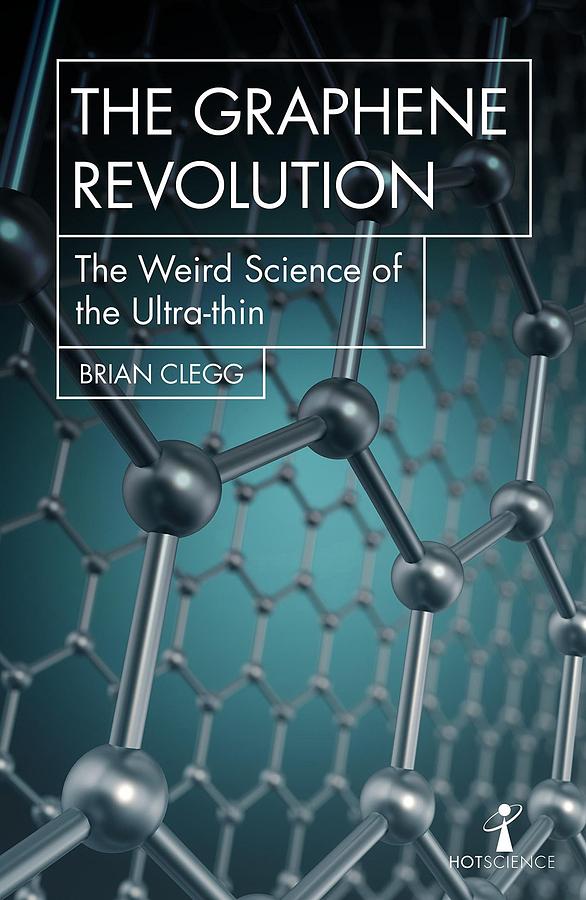內容簡介
內容簡介 Welcome to the wonderful world of graphene, the thinnest substance known to science.In 2003, Russian physicists Andre Geim and Konstantin Novoselov found a way to produce graphene - the thinnest substance in the world - by using sticky tape to separate an atom-thick layer from a block of graphite.Their efforts would win the 2010 Nobel Prize for Physics, and now the applications of graphene and other 'two-dimensional' substances form a worldwide industry. Graphene is far stronger than steel, a far better conductor than any metal, and able to act as a molecular sieve to purify water. Electronic components made from graphene are a fraction the size of silicon microchips and can be both flexible and transparent, making it possible to build electronics into clothing, produce solar cells to fit any surface, or even create invisible temporary tattoos that monitor your health.Ultra-thin materials give us the next big step forward since the transistor revolutionised electronics. Get ready for the graphene revolution.
作者介紹
作者介紹 Brian CleggBrian Clegg's most recent books are The Reality Frame (Icon, 2017) and What Colour is the Sun? (Icon, 2016). His Dice World and A Brief History of Infinity were both longlisted for the Royal Society Prize for Science Books. He has also authored Big Data and Gravitational Waves for the Hot Science series, and has written for Nature, BBC Focus, Physics World, The Times and The Observer.
